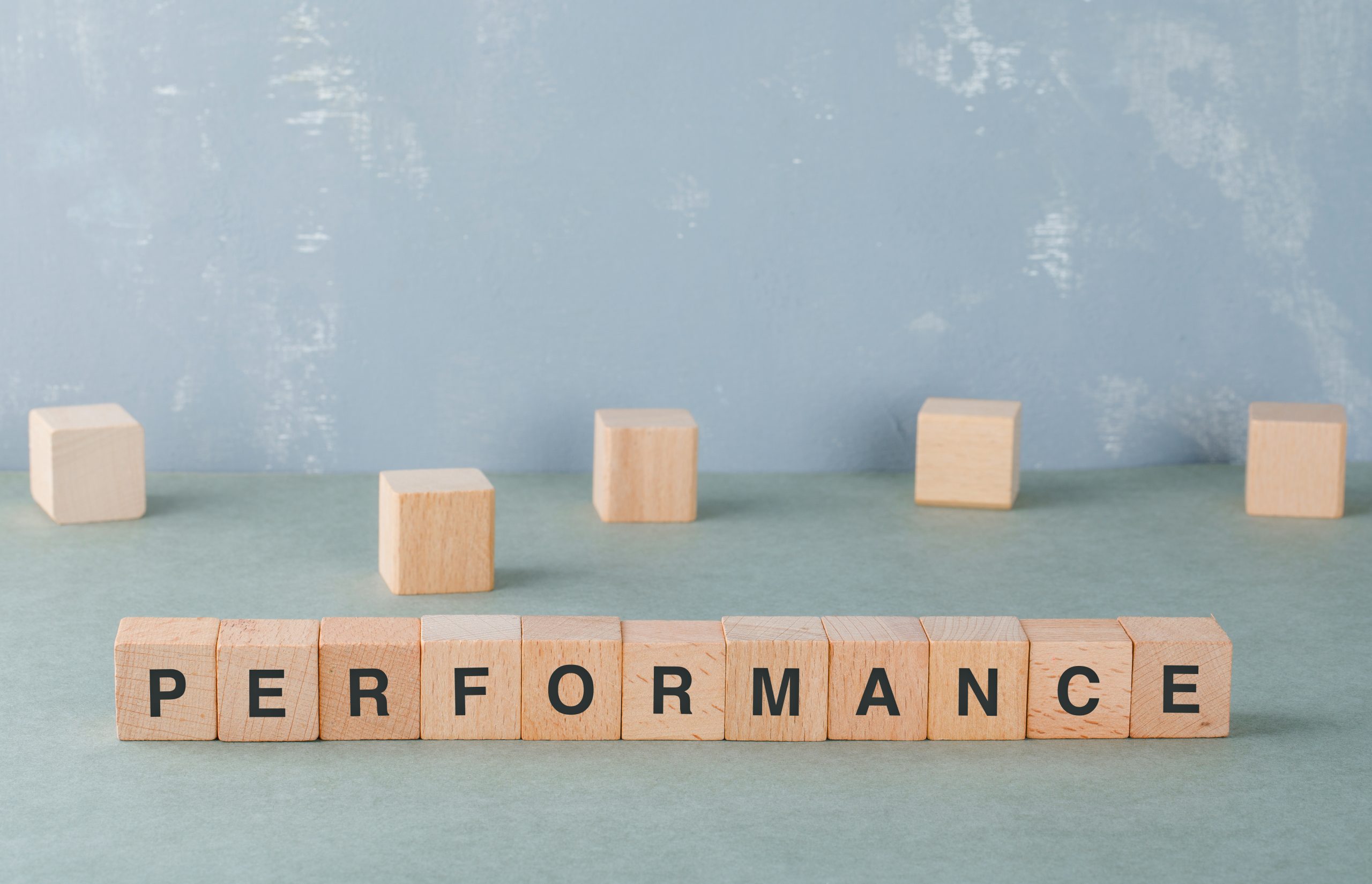Traditional workplaces are no longer bricks and mortar. The workplace of today is mobile, agile and flexible. And as a result of the pandemic of 2020 we moved very quickly into embracing a virtual workplace, a workplace of the future – accepting that people can be productive, both in a physical workplace and working remote wherever they choose to with their tablets, mobile phones and any other resources and tools that help them be effective.
The now/future of work
Today, we need to start thinking about how do we manage and how do we lead the remote workplace or the virtual workplace. How do we check in each day with our team members, ensuring that we entrust them in delivering their deliverables, enable them to communicate, enable to have a check in, connect with one another and be able to collaborate across projects that they may be working on.
Team members all work and operation differently and we need to accept as leaders and owners of businesses that some will work really well in a virtual workplace, they’ll be self accountable, self driven, no discipline is required because they’re naturally like that. Whereas for others, the virtual workplace – whether that be the local café, local library or their homes may not be their optimum way of performing.
Its our responsibility to change the way we do work, and change the flows of the way we communicate to accommodate the hybrid model of working in an office and those that are working remote.
A tick off and a check off every morning and night is a great way to kickoff and ensure that people are staying in touch, and staying relevant. Each of those sessions via some sort of virtual mechanism, don’t need to be long, don’t need to be structured – all they need is an opportunity to be able to connect, engage and relate to one another.
Keep in mind, that the ‘water cooler’ conversations are not happening, so therefore a check in and a check out only once a week or once a fortnight is probably going to cause you some grief. Maybe not in the short term, but perhaps in the longer term. And probably provide a disengagement level between team members because they’re not checking in, or feeling like they belong to the tribe.

Set up your methods and your system, check what’s working and what’s not – is it a daily, is it twice daily, it is every couple of days and how many different levels of check in do we need. Drive and empower that accountability of self-drive, self-accountability and self-deliverables and make sure you’ve provided the systems and processes to enable the culture of thinking and being proud of the fact we are self-driven, self-accountable and we’re getting on with the job and the outputs regardless of where we are.
Establish that ability that where we need to connect quickly with someone on the team, that we’re using other means. We’re using our phones, our text messages, our online chat forums, whether its through a project management tool or email.
Set a culture not about the hours of work, but about the output and so therefore when someone is having a low or heavy day that they’re able to take a 000 day to tap out because they need a moment.
We all work differently, we all embrace different energy levels in the morning, afternoon and night. So enable your team members to deliver at their optimum time, as long as the end goal is that we’re available and we continue to delivery the outputs.
The future of work will continue to be agile, will continue to be remote and will continue to increase what we call gig or portfolio work. The truest sense of the traditional full time head count will continue to decrease as people continue to harness their portfolio of skills, and choose where they share those skills and be purpose driven and meaningful in their work.








